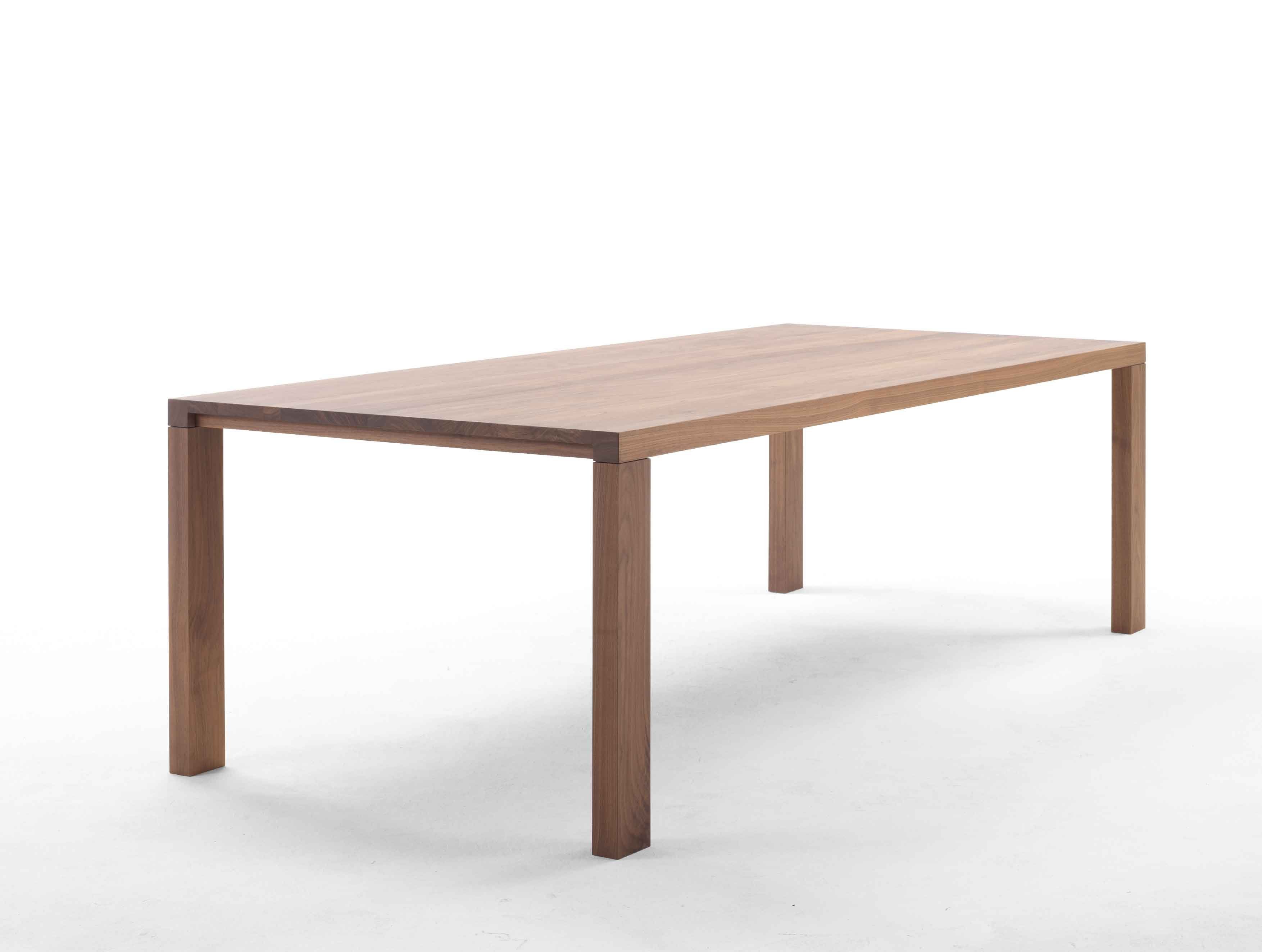Quoted in Chris Crum, “Facebook Now Has a Billion Active Users, Zuckerberg Compares It to Chairs,” WebProNews (October 4, 2012): ➝.
Quoted in Ann-Christine Diaz, “Behind Facebook’s Emotional Ad from Wieden & Kennedy,” Ad Age (October 4, 2012): ➝.
See ➝.
Since the 2016 US presidential election, it’s become clear that Facebook plays a critical role in filtering news and shaping public discourse. See Kate Losse, “Mr. Zuckerberg Goes to Washington,” Dissent (Fall 2013): 57.
For more on digital labor, see the work of Karen Gregory, Trebor Scholz, and Tiziana Terranova.
Alexandra Lange, The Dot-Com City: Silicon Valley Urbanism (Moscow: Strelka Press, 2012).
See, for instance, On the Job: Design and the Americna Office, Broikos Chrysanthe and Donald Albrecht eds. (New York: Princeton Architectural Press, 2000); Renyi Hong, “Office Interiors and the Fantasy of Information Work,” Communication, Capitalism & Critique 15:2 (2017): ➝; Alexandra Lange, “White Collar Corbusier: From the Casier to the citiés d’affaires,” Grey Room 9 (2002): 58–79; Andrew Ross, No Collar: The Human Workplace and Its Hidden Costs (Philadelphia: Temple University Press, 2003); Nikil Saval, Cubed: A Secret History of the Workplace (New York: Doubleday & Company, 2014).
Andreas Rumpfhuber, “Housing Labor,” e-flux architecture (June 28, 2017): ➝.
See Richard Barbrook and Andy Cameraon, “The Californian Ideology,” Mute (September 1995): ➝, as well as the work of Fred Turner. For more on the treadmill desk and workplace “wellness,” see Tobias Revell, “Working Up a Sweat” Dirty Furniture 2: Table (September 2015): 146–159.
Facebook is developing new virtual—and augmented-reality uses for Oculus Rift that might have workplace applications. Facebook Spaces allows you to “create a 3D avatar of yourself and hang out with digital renditions of your VR-capable friends, talking, drawing objects, exploring 360-degree films”; perhaps tech workers could simultaneously “hang out” with co-workers at their offices’ long tables and hang out with a second, distributed group of colleagues on Facebook (Jessica Conditt, “Facebook’s Plans for Oculus are Finally Taking Shape,” Engadget (April 19, 2017): ➝.
Rebecca Charbauski, “Behind-the-Scenes of Silicon Valleys’ Sets,” Steelcase: ➝; Shaunacy Ferro, “How HBO Recreated the Studiedly Zany Offices of Silicon Valley,” Fast Co Design (April 25, 2014): ➝; Bryn Elise Sandberg, “HBO’s ‘Silicon Valley’ Tech Advisor on Realism, Possible Elon Musk Cameo,” Hollywood Insider (April 12, 2014): ➝; Varidesk “How the “Silicon Valley’ Set Stays Accurate And Up-to-Date,” Mashable (May 2, 2016): ➝.
See, for instance, the fifth episode of season three, “The Empty Chair.”
“The Barbarian Group,” Clive Wilkinson Architects (2014): ➝.
Quoted in Tim Nudd, “The Barbarian Group Just Built a ‘Superdesk’ That You Have to See to Believe,” AdWeek (February 18, 2014): ➝.
Digital McKinsey, “Digital Reinvention” (January 2017), 41, ➝.
Quoted in Steven Levy, “Inside Apple’s Insanely Great (Or Just Insane) New Mothership,” Wired (May 16, 2017).
Gregory Han, “This 112-Year-Old Company Is Making Enormous Tables for Apple Campus 2,” Design Milk (March 31, 2016): ➝; Kif Leswing, “Even the Tables as Apple’s New ‘Spaceship’ Campus are Insane,” Business Insider (April 6, 2016): ➝; Rain Noe, “Misunderstanding Materials: Incorrect Reports that Apple Has Contracted the Production of 18-Foot-Long ‘Continuous, Seamless White Oak’ Tables,” Core 77 (April 8, 2016): ➝.
Millions of ash trees are besieged by the emerald ash borer (which sounds like a great name for a ransomware attack).
Tobias Revell, “Working Up a Sweat” Dirty Furniture 2:Table (September 2015): 154.
Quoted in Amy Frearson, “Facebook Moves Into California Campus Designed by Frank Gehry,” Dezeen (March 31, 2015): ➝.
Quoted in Louise Hart, “15 Design Tips to Steal from Tech Startup Offices,” GQ (January 17, 2017): ➝.
Rosy Cherrington, “Best Instagram Filter for Selfies According to Actual Science,” HuffPost (September 17, 2015): ➝.
The new Aeron might be the $4900 Altwork Chair: “It’s a workstation that, with a push of a button, transitions from a standing desk to a seated table to a fully reclined platform like a dentist’s chair. Its seat expands and retracts, supporting the whole body from head to heels. Its desk moves up, down and rotates. There’s a screen and mouse and keyboard that follows the user’s eyes and hands.” Tracey Lien, “The $5,900 Chair May be the Tech World’s New Key to Productivity,” Chicago Tribune (September 30, 2016): ➝.
Tom Foremski, “The Motorized Standing Desk – Iconic Symbol of Silicon Valley Startup Boom,” ZDNet (November 27, 2013): ➝.
Renyi Hong, “Office Interiors and the Fantasy of Information Work,” Communication, Capitalism & Critique: Journal for a Global Sustainable Information Society 15:2 (2017): ➝.
Erin Griffith, “Meet Homepolish, the New Bootstrapped Design Company Decorating NYC’s Startup Offices,” Pando (July 1, 2013): ➝. See also Nick Srnicek, Platform Capitalism (Polity, 2016).
Julia Carrie Wong, “Silicon Valley’s Poorest Workers Tell Government ‘We Can’t Live Like This,’” The Guardian (January 28, 2016): ➝. Christian Zlolniski has been writing about immigrant labor in Silicon Valley for nearly 20 years.
See ➝.
Marcel Mauss, “Techniques of the Body” Economy and Society 2 (1973): 70–88.
Ibid., Hong. Karen Gregory agrees that the “data economy … not only freights in longstanding racialized and gendered inequalities, discriminations, and biases; it also produces a structure dependent on the very notion of measure, comparison, and hierarchy.” See Karen Gregory, “Weird Solidarities,” Dis (2015): ➝.
See ➝.
“Women, Work, and the State of Wage Inequality,” Hired (2017): ➝; Liza Mundy, “Why Is Silicon Valley So Awful to Women?” The Atlantic (April 2017): ➝; Alexandra Simon-Lewis, “What Is Silicon Valley’s Problem With Women?” Wired (June 12, 2017): ➝; Anna Wiener, “Why Can’t Silicon Valley Solve Its Diversity Problem?” The New Yorker (November 26, 2016).
Positions is an initiative by e-flux Architecture.
